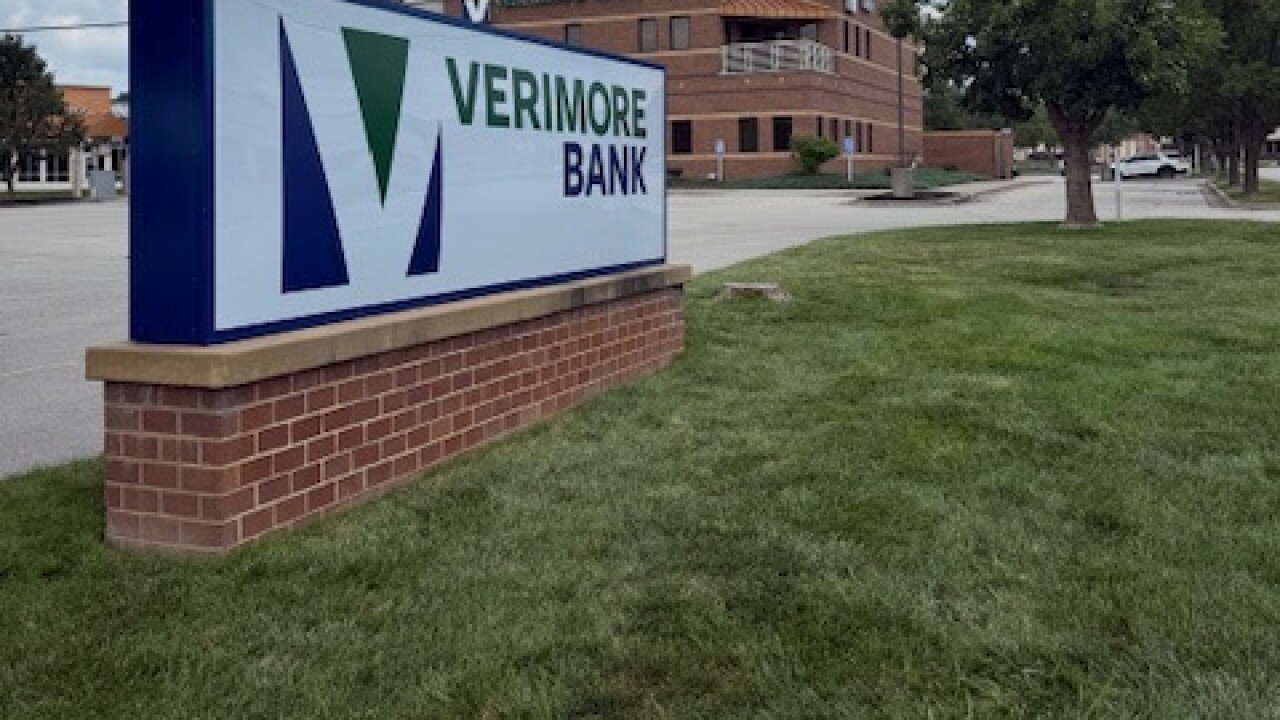Retailers beware: Starbucks is changing consumers' expectations in mobile payments yet again.
The coffee chain that set the standard for a quick and enticing mobile payment process — and at which
Today, the Seattle company delivered on its promise to implement a mobile order-ahead feature at all of its U.S. stores. Though this program seems to echo failed efforts such as Square Order, Starbucks has a knack for taking a difficult idea and brewing it into something for which its tech-savvy audience has an insatiable thirst.
"Starbucks is the change agent. They are the leading indicator for what others can do, not only in restaurants but in all of retail," said Richard Crone, president of Crone Consulting. "They have really broken the code of connecting with customers."
Starbucks praised the performance of its order-ahead feature in a July conference call to discuss earnings for its fiscal third quarter, which ended June 28. At stores that accept mobile orders, "lines are shorter, service is faster and in-store operations are more efficient," Howard Schultz, the company's chairman and chief executive, said during the call.
Other companies are already trying to put a similar program in place. For example, Ueshima Coffee in Japan is working with the carrier billing company
Though Starbucks' order-ahead menu is more limited than the one posted on its stores' walls, the app's strongest advantage will be to increase order size, Crone said. It won't be one person ordering a day's supply of coffee in advance, but rather one person placing a larger order to share with a group of colleagues, he said.
"Online ordering is the quintessential extension of the (Starbucks) franchise. It increases capacity dramatically," Crone said. "You have your physical queue and you now overlay that with a virtual queue."
He added that quick-service restaurants often find that online ordering systems result in sales that are 20 to 30 percent higher than orders placed in person. At Starbucks, that means patrons are more likely to order items such as muffins and oatmeal in addition to their preferred caffeinated beverage, Crone said.
Starbucks serves as an example for others to follow in retail mobile payments, but its recipe cannot be copied exactly. Starbucks often attributes the success of its mobile payment initiative to the success of its rewards program and gift card offerings, which were already popular before Starbucks linked them to its mobile app.
And both programs are growing independently of Starbucks' mobile app, giving Starbucks a wider audience to market its mobile app to. During the 2014 holiday season,
The mobile ordering capability fuels this ecosystem of payments and loyalty that Starbucks has steadily built over the years.
"This will continue to make Starbucks stickier and stickier with the customer," said Thad Peterson, payments analyst for the Aite Group. "Part of the appeal of Starbucks is the experience. It's simply a comfortable place to go. It pushes the utilization of the brand."
If the success Starbucks saw with the order-ahead capability during its early tests in the Pacific Northwest continues now that the program is supported nationwide, consumers will likely expect similar technology from other retailers.
"I think it's an inevitability, just as Starbucks was the leader in mobile payments," Peterson said.
A successful order-ahead system is about more than just technology. Particularly for a coffee shop, the retailer must ensure that the product is ready for the customer at the right time, but also has not been sitting around for too long before it is picked up.
"There's an expectation created for this model. And that is that the drink is going to be exactly the way it's supposed to be," Peterson said. "There is a risk to quality when I order ahead, whether or not I was responsible."
Starbucks may be able to use other technology to address this issue, Crone said. "They could use predictive analytics, a neural-network based on Starbucks" where the chain uses the app's geolocation to determine when to start brewing the coffee, he said.
Such a move would align with the trend to provide customer service and offers based on the shopper's location, such as through
The fast food chain Five Guys, for example, has a successful mobile app but still has rules in place to ensure the freshness of their product. "As good as that app is, they won't make the french fries until you walk in," Crone said.
Retailers that attempt to copy Starbucks' approach must not do it on an app-by-app basis, however. Though some functions in Starbucks' mobile payment system may seem independent of others, each element is vital to the success of the overall program.
"Starbucks is one of the few retailers that really has their own payments infrastructure. Starbucks has tied the pieces together tightly and they work together in a very integrated fashion," said Scott Strumello of New York- and London-based Auriemma Consulting Group.





